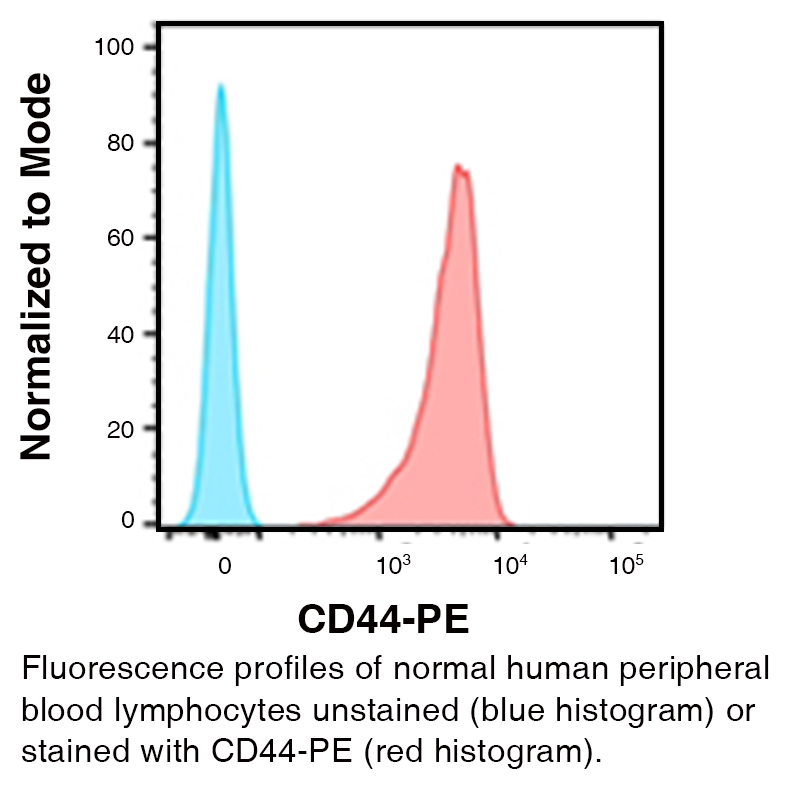Anti-Human CD44 (Clone E1/2) - PE
Product Code:
LEI-C186
LEI-C186
Host Type:
Mouse
Mouse
Antibody Isotype:
IgG1
IgG1
Antibody Clonality:
Monoclonal
Monoclonal
Antibody Clone:
E1/2
E1/2
Regulatory Status:
RUO
RUO
Target Species:
Human
Human
Application:
Flow Cytometry
Flow Cytometry
Shipping:
2-8°C
2-8°C
Storage:
This R-PE conjugate is stable when stored at 2-8°C. Do not freeze.
This R-PE conjugate is stable when stored at 2-8°C. Do not freeze.
No additional charges, what you see is what you pay! *
| Code | Size | Price |
|---|
| LEI-C186-50ug | 50 ug | £170.00 |
Quantity:
| LEI-C186-100ug | 100 ug | £232.00 |
Quantity:
| LEI-C186-200ug | 200 ug | £333.00 |
Quantity:
Prices exclude any Taxes / VAT



